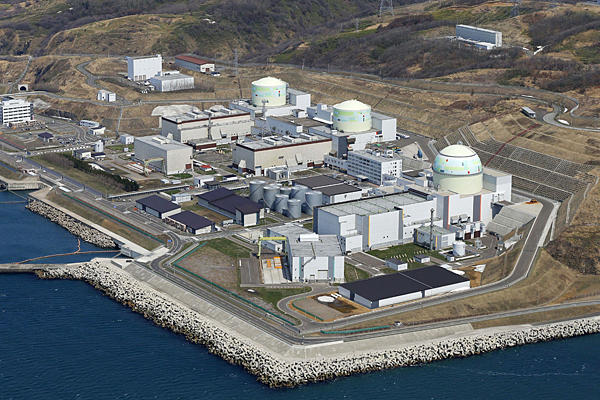Campaigners against the use of nuclear power in Japan have got their wish – if only temporarily.
The shutdown of the third reactor at the Tomari plant in Hokkaido, which is said to today be complete, leaves Japan with no nuclear power for the first time since 1970. Moving from the 50 nuclear plants providing the nation’s power before last year’s earthquake and tsunami to none has been a controversial road. There were celebrations at marches in Tokyo and other cities but the issue seems still unresolved.
After the Fukushima Daiichi plant leaked radiation in the aftermath of the March 2011 disaster, many people called for the country to adopt what they saw as safer energy sources. It is not, however, clear whether the latest shutdown will mean a permanent change to Japan’s energy policy. The closed plants are said to only be shut down for “routine maintenance” and for tests to show whether they are able to withstand an earthquake and tsunami and campaigners are hoping alternatives can be found.
With summer approaching, there are concerns that the grid will not be able to cope with increased demand for power. Energy consumption rockets in the heat, as offices and homes switch on the much-needed air conditioners, and some reports have suggested that there may be a shortage of around 20% this year.
Setsuden, or electricity conservation, will again be a watchword for companies hoping to avoid power outages and campaigns such as the government’s ‘Cool Biz’ will be more important than ever. Will turning down the air-con and leaving your tie at home on the way to the office be enough? Maybe not. Seeking alternatives or persuading the public that nuclear power is viable will be high on the agenda for government officials in the coming months, and indeed years.









